https://www.pewpewtactical.com/wp-content/uploads/2020/08/10.-Popular-.22LR-Ammo-1024×699.jpg
Let’s bring up a rather controversial subject in the concealed carry community. Who would choose to carry a .22 LR for self-defense?
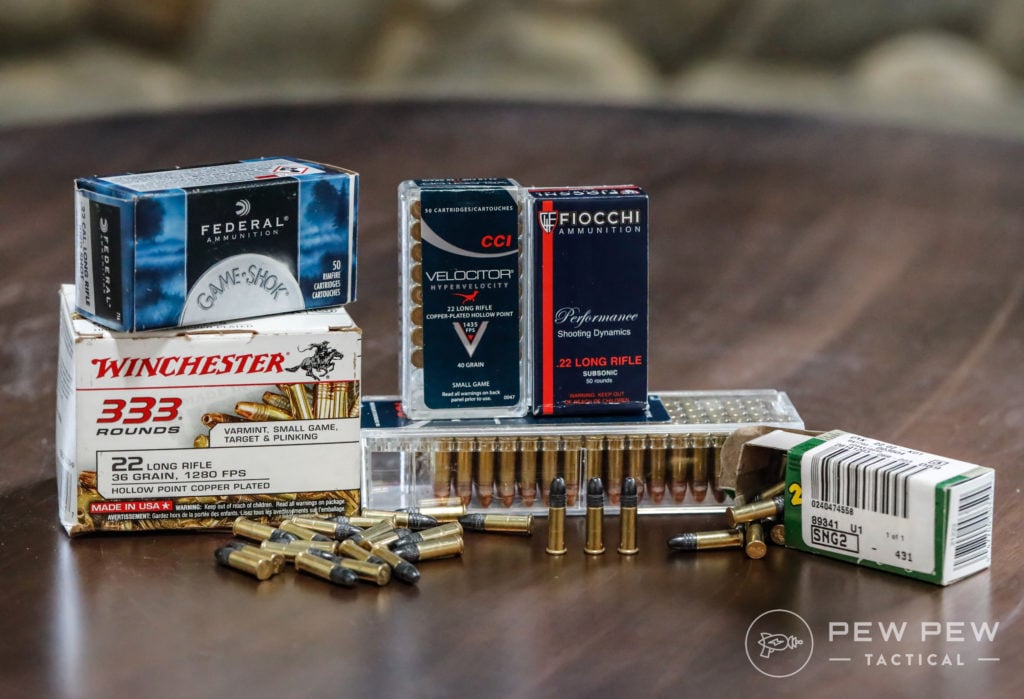
I occasionally carry a .22 LR handgun for self-defense. My typical concealed carry handgun is a Sig Sauer P365, and sometimes a P365 with an XL slide and red dot.
The P365 is already a fairly small gun, but there are times when even it’s too big.
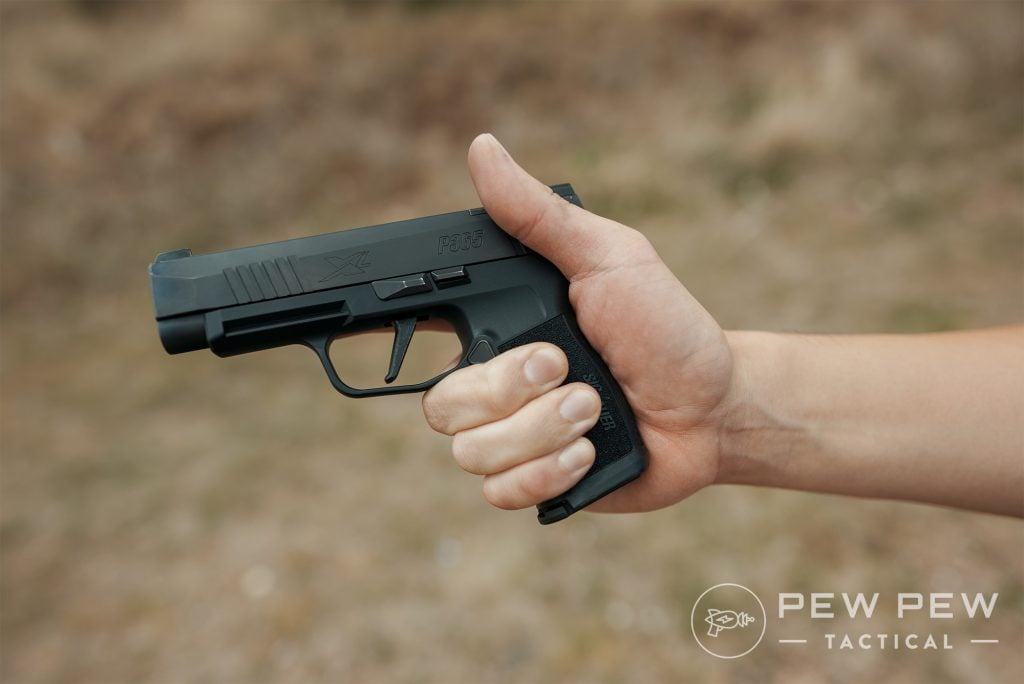
That’s when I turn to a super small, easily concealed weapon…a tiny .22 LR goes a long way and allows for consistent concealed carry.
So let’s dive into .22 LR, talk about what it can do for you concealment-wise, and run you through the best ways to carry rimfire!
Table of Contents
Loading…
Why .22 LR?
I’ve covered my reasons and bet others would target the same thing. Sometimes a certain style of dress, especially formal wear for women, makes concealment difficult, and other times to avoid detection.
This might leave you asking, why not carry a micro .380 ACP?
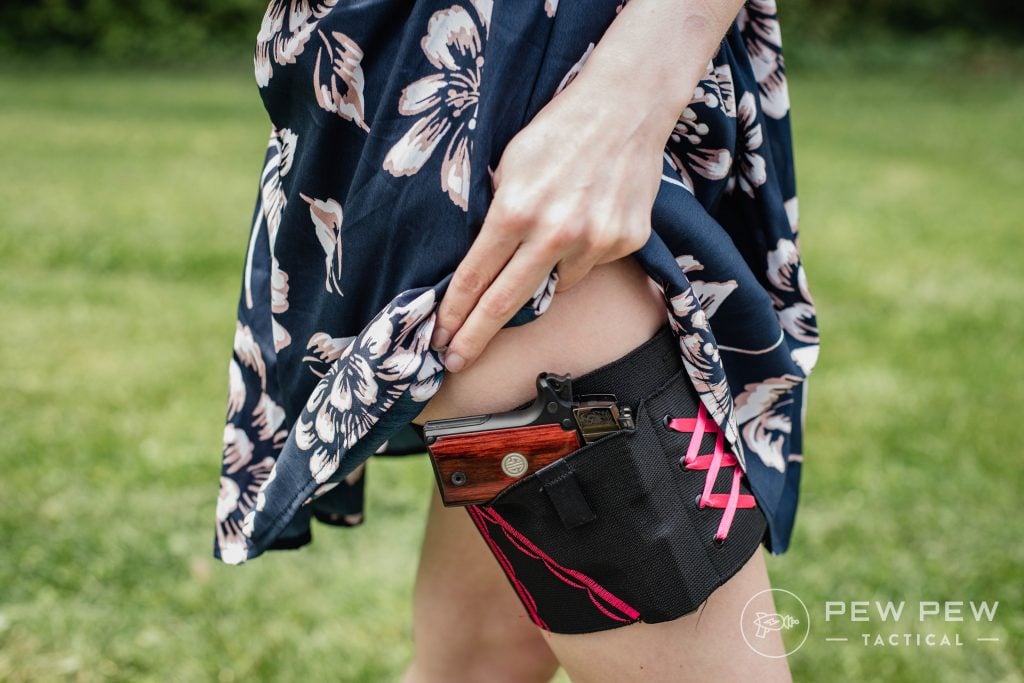
It’s true that .380 ACP is ballistically superior to .22 LR, and my favorite .22 LR is the LCP II, which is the same size as the .380 ACP version. I prefer the .22 LR because I can’t shoot the .380 ACP very well.
Those guns are very snappy, with a fair bit of recoil. It’s true that it works well, but I hate shooting it and never shot it very well.
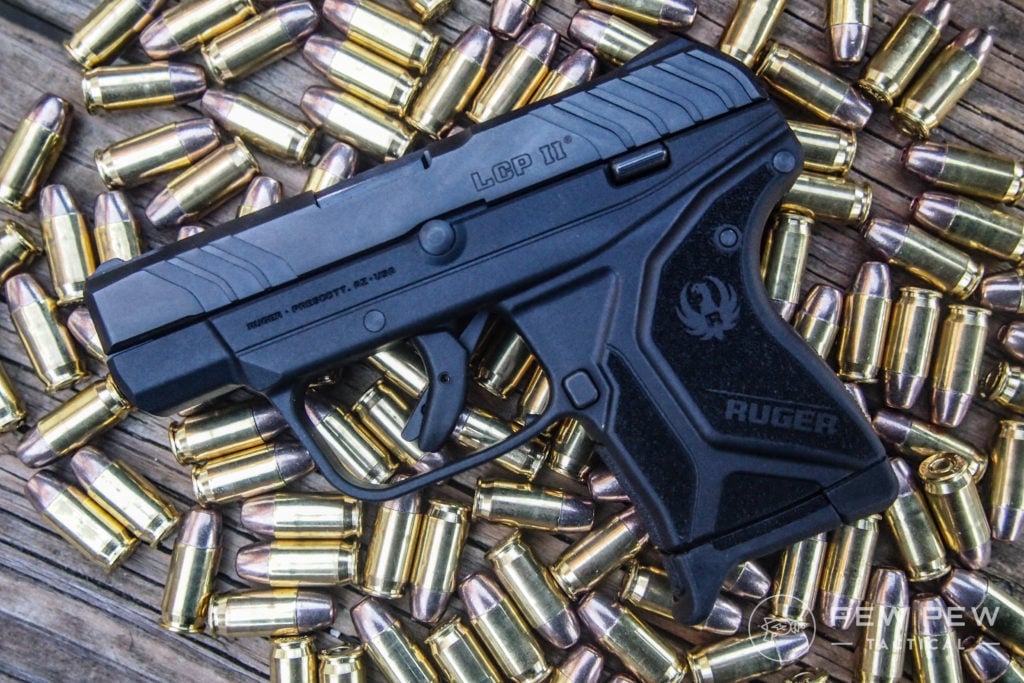
The LCP in .380 ACP is often described as a belly pistol, and I tend to agree. With a micro-sized .22 LR, I outshoot any micro .380 and can do so at ranges between 10 yards.
Micro .22 LR pistols lack recoil and tend to have a decent capacity. The LCP II holds 11 rounds total, and that’s a nice change.
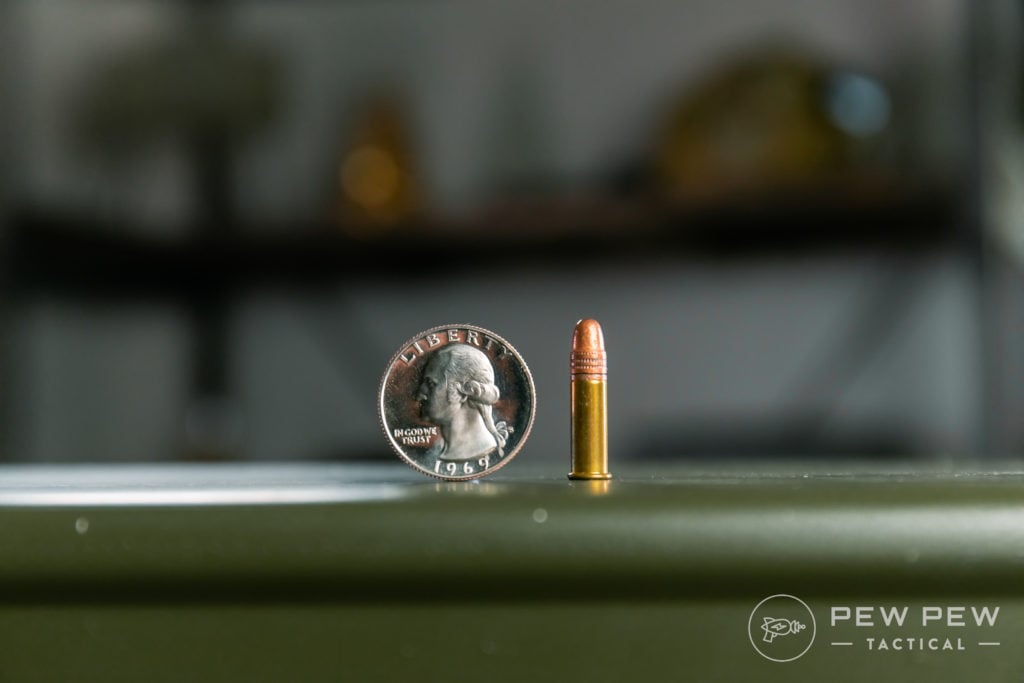
Even revolvers can often hold eight rounds of .22 LR. A higher capacity and lower recoil make these little guns a bit more competent.
Plus, the ammo is so much cheaper. It’s cheaper than .380 ACP, and you can train for very little dinero.
.22LR Ammo In Stock
Getting out to the range once a week isn’t prohibitively expensive. Even without much practice, I already shoot the LCP 2 in 22 LR better than I shoot the .380 ACP version, and I’ll get better with more practice.
This is especially true in compromising situations where I might use a single hand. With a .22 LR, this is fairly easy.
Downsides of .22 LR for CCW
The subject of .22 LR for concealed carry is already a bit controversial, and the controversy comes from the downsides tied to the .22 LR.
There are quite a few you need to recognize before strapping on the old rimfire round.
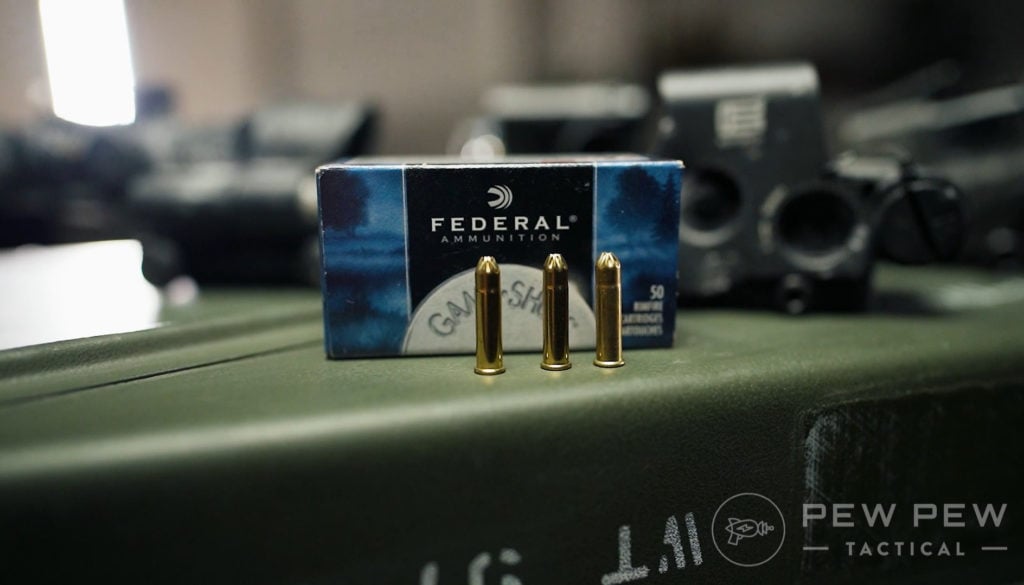
Rimfire rounds have reliability issues and are less reliable than centerfire rounds. With that said, their quality has improved, especially with premium rounds from companies like CCI and Federal.
Penetration and expansion are not the highest with a .22 LR, especially from a short barrel.
Less penetration means some rounds may have trouble reaching the FBI standard of 12 inches of penetration to help guarantee proper depth to stop a threat.
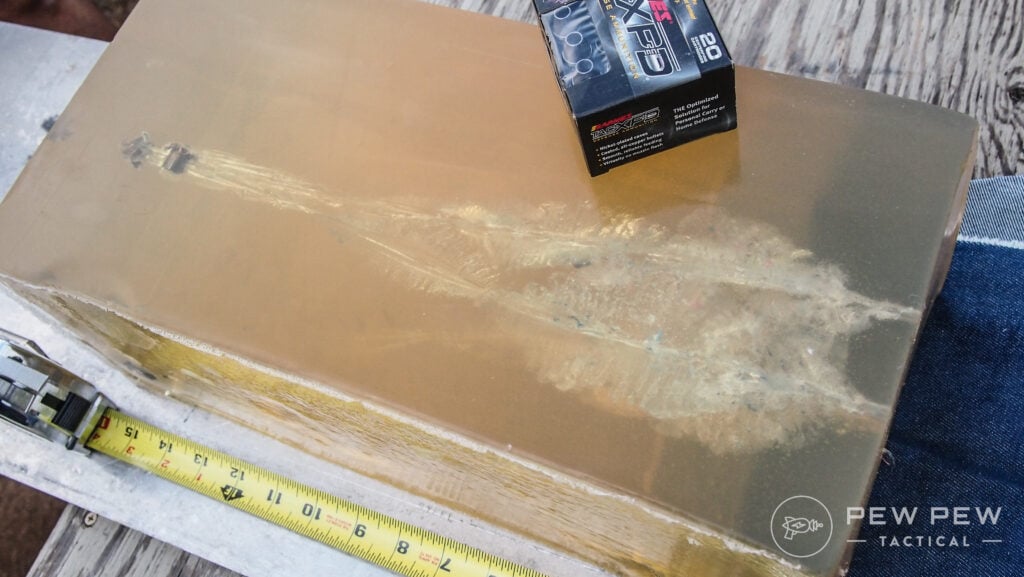
Semi-auto .22 LRs can also be a little picky. They tend to prefer certain rounds and certain velocities to function properly.
You will have to properly vet your carry ammo and ensure your gun can chew through it before you trust it.
Picking the Right Ammo
If you carry a .22 LR for self-defense, then you need to educate yourself on ammo.
A lot of the standard ammunition knowledge goes out the window. You usually wanted a jacketed hollow point, which isn’t the case now.
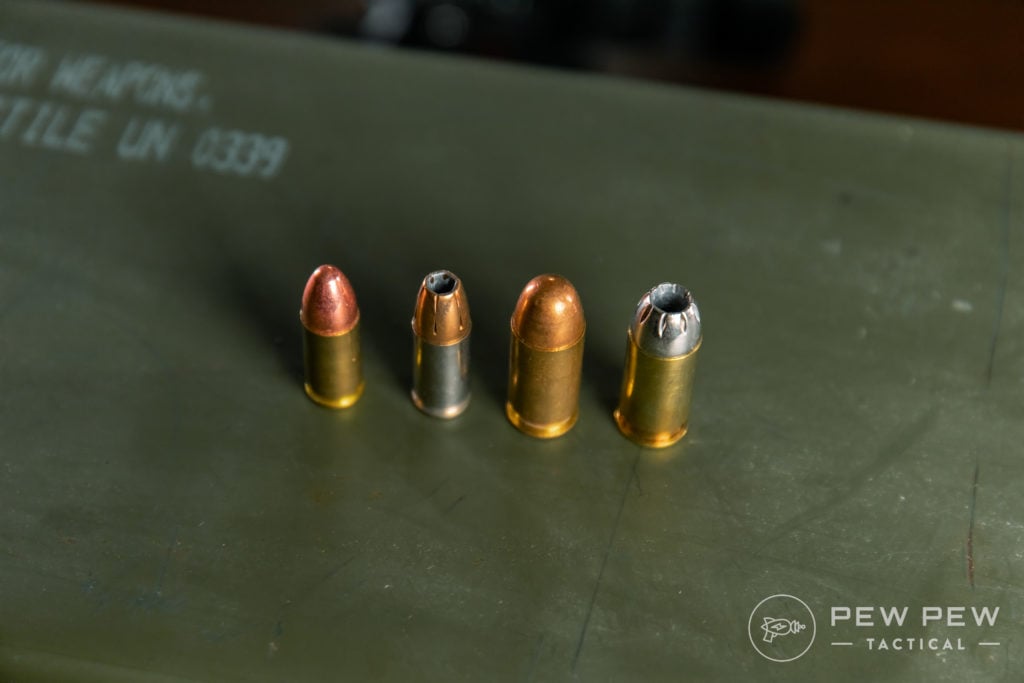
A good hollow point .22 LR is great for hunting, but the expansion factor tends to slow the round down and prevent adequate penetration. Expansion is one of those things that you sacrifice with .22 LR for defensive purposes.
When a 9mm round grows to .60 inches in gel is great, but we can’t get that with .22 LR. You are going to need to focus on penetration. Small holes can do big damage if you put them in important places.
For practice, you can use really any ammo your gun operates with, but for defensive carry, it’s smart to be picky. This is especially true because our focus is on guns with fairly short barrels.
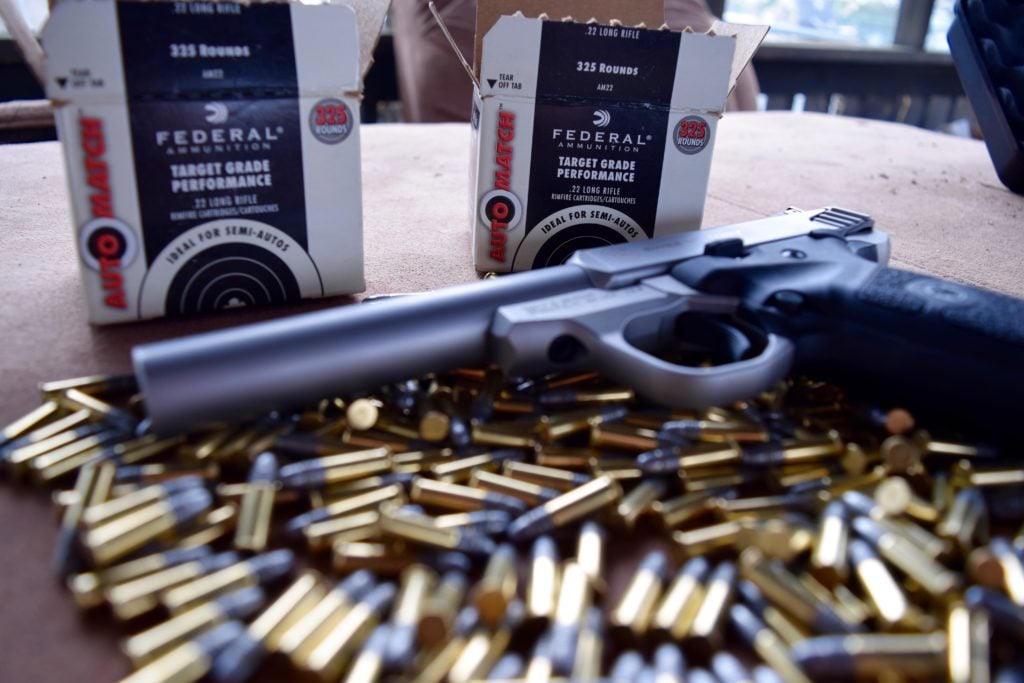
Luckily a few rounds have been shown to function well from short barrels and do a good job reaching the FBI minimum standards.
One round that stands out exceptionally well for short-barreled defensive weapons is the CCI Velocitor.
This semi-hollow point round is a hefty 40-grain round with a reported velocity of 1,435 feet per second. It does a great job of penetrating from a short-barreled gun.
Prices accurate at time of writing
Prices accurate at time of writing
-
25% off all OAKLEY products – OAKLEY25
Copied!
Visit Merchant
The Federal Personal Defense Punch round is another good round that comes in at a close second. It’s a newer round designed from the ground up for self-defense.
It is a decent penetrator and is nickel plated.
Prices accurate at time of writing
Prices accurate at time of writing
-
25% off all OAKLEY products – OAKLEY25
Copied!
Visit Merchant
Nickel plating helps protect the round from corrosion, which sweat can cause. Your small gun is more likely carried in a deep, concealed manner, often exposing it to more sweat.
These aren’t the only rounds on the market, but they are the two I have experience with and I’d trust. Do your own testing, research, and review before deciding.
Choosing a Defensive .22 LR Pistol
When choosing a defensive firearm in .22 LR, we have to go back to the revolver versus semi-automatic. In the realm of .22 LRs, they seem to have their strengths and weaknesses.
Small automatics tend to be more size efficient. They may not be bigger than a small revolver, but they tend to pack more barrel length for their size.
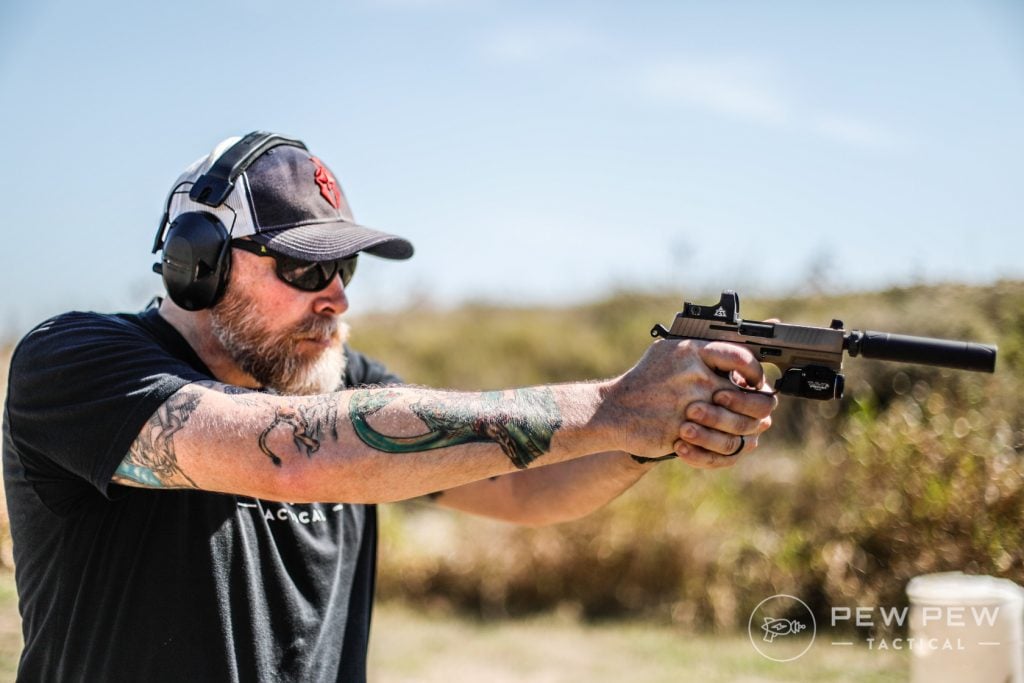
The Ruger LCP features a 2.75-inch barrel, and the LCR packs a 1.87-inch barrel.
A little extra barrel goes a long way with increasing velocity, aiding penetration.
Revolvers have a serious advantage in .22 LR in terms of reliability issues. A rimfire round isn’t as reliable as a centerfire, and if it fails to fire, fixing the issue isn’t as hard with a revolver.
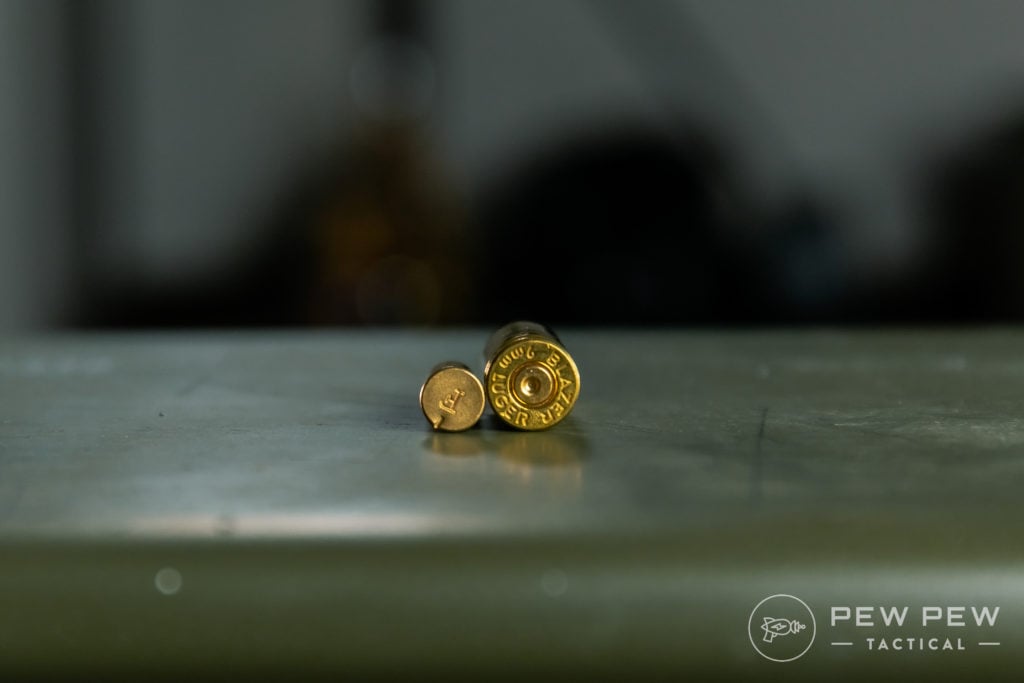
If you pull the trigger and it goes click, just pull the trigger again. Also, revolvers aren’t picky about the round’s velocity to ensure the weapon cycles.
Purchasing a .22 LR defensive pistol is like purchasing any other. You need to find a reliable handgun that’s made to last, accurate, and easy to shoot. There are tons of small .22 LR handguns out there, but a good number of them suck.
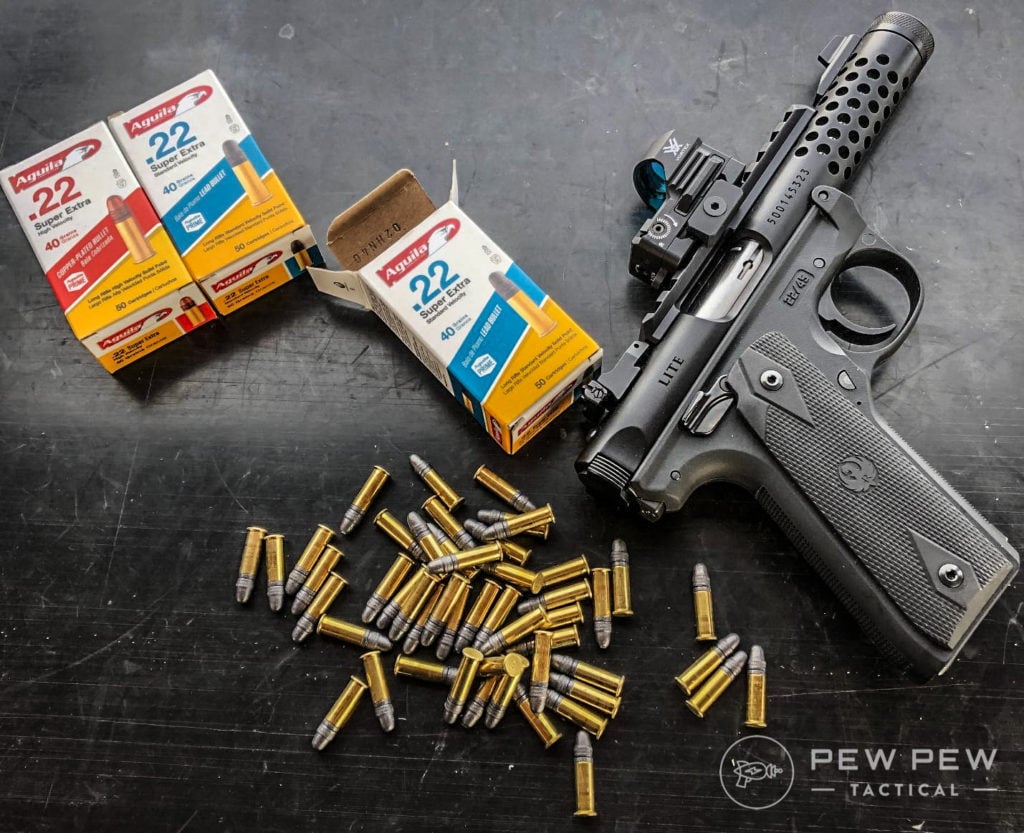
Avoid guns from companies like Jennings or Jimenez. They tend to be poorly made, albeit very cheap, and often very small.
Ruger LCP II
The LCP 2 in .22 LR is one of my favorite defensive .22 LR pistols. It’s a one-for-one clone of the .380 ACP version of the gun but is chambered in .22 LR. The small little gun packs 11 rounds of .22 LR and is a very nice shooter.
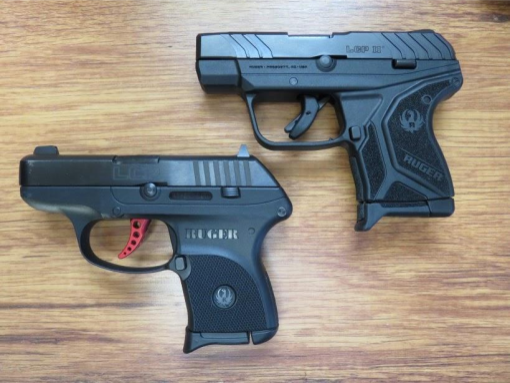
The Literack design makes utilizing the weapon easy for shooters with hand strength issues. Shooters get an ultra-small, thin firearm that’s easy to carry IWB, pocket, ankle, or wherever.
Prices accurate at time of writing
Prices accurate at time of writing
-
25% off all OAKLEY products – OAKLEY25
Copied!
Visit Merchant
In my experience, this little gun is super fun to shoot and fairly accurate with decent sights. The gun has barely any recoil and is reliable with most .22 LR I’ve used.
One of the few things I don’t like is the silly safety. Ruger should ditch it as they did on the standard LCP II.
Other than that, the LCP II in .22 LR might be the most modern and one of the most affordable .22 LR Defensive pistols.
Ruger LCR
Another option from Ruger is the LCR. This wheelgun option gives you eight rounds of .22 LR in a standard snub nose package. It’s lightweight with a partial polymer frame and weighs 14.9 ounces.
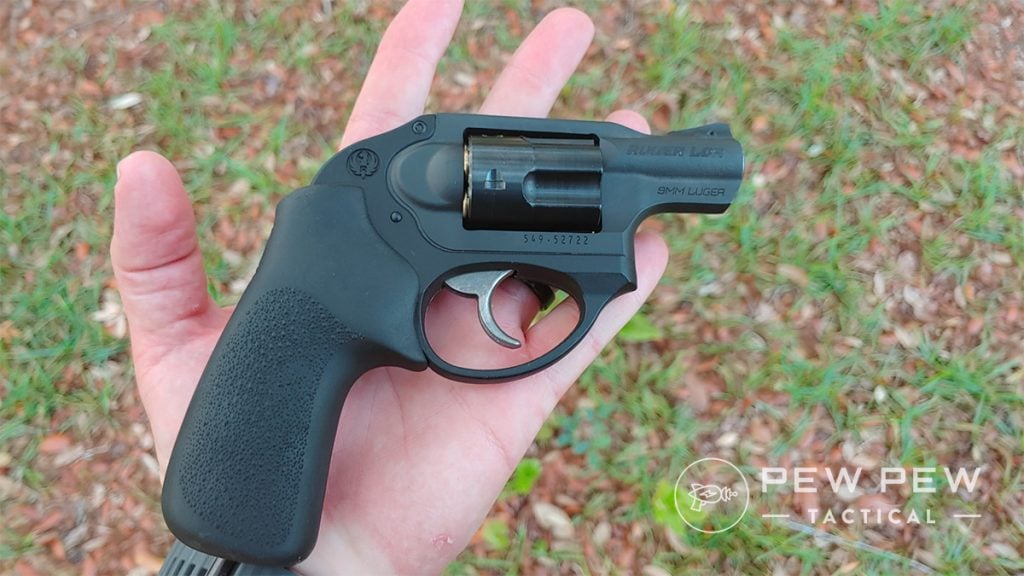
While the snub nose is a bit larger than the LCP II, the LCR does pocket carry very well. It’s light, and the curves and design of a revolver make it a natural choice for pocket carry. The popularity of the LCR in bigger calibers has created a ton of holsters for the gun, making it easy to carry.
Ruger’s LCR is a very reliable and modern option. It tends to strike reliably, but if it doesn’t, it’s not tough to remedy the situation. The LCR is one of the few .22 LR revolvers made for carry purposes.
Prices accurate at time of writing
Prices accurate at time of writing
-
25% off all OAKLEY products – OAKLEY25
Copied!
Visit Merchant
My one complaint is the trigger.
The LCR trigger is famously awesome, but the .22 LR version lacks. It’s noticeably heavier and likely a means to ensure consistent rimfire engagement and reliability.
While it’s not as good as a standard LR trigger, it is still not bad.
Beretta 21A
Finally, let’s go back in time a little bit. The Beretta 21A is a super small little gun that’s also known as the Bobcat.
This little .22 LR came to be in 1984, but it is still a fairly viable gun. It is super small, smaller than the LCP 2.
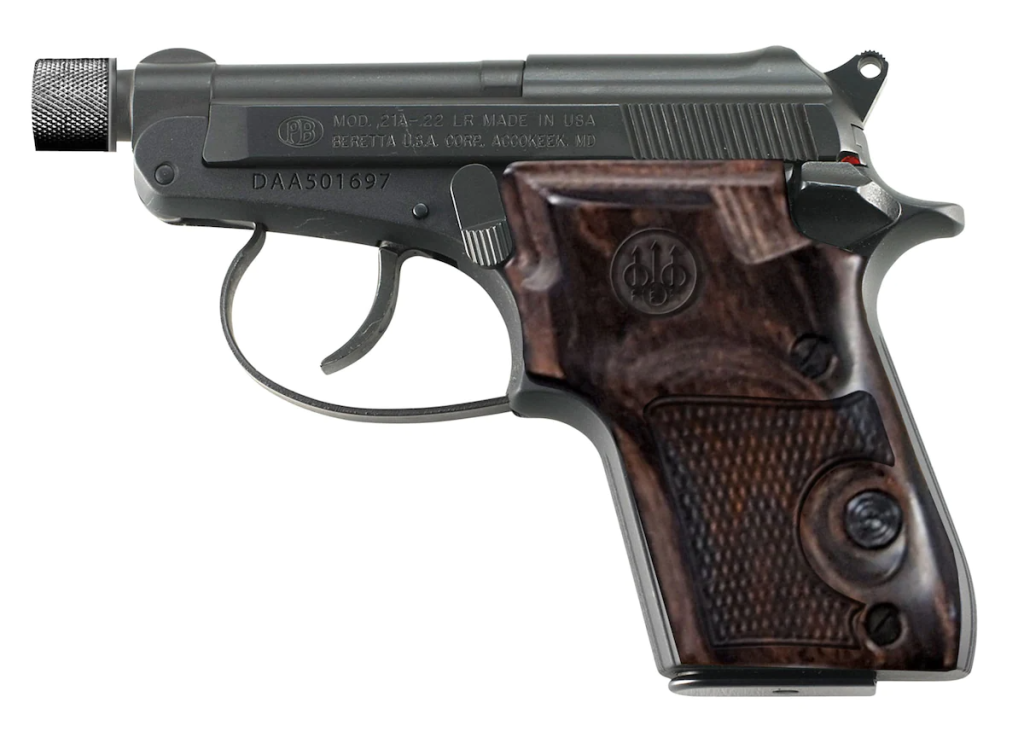
It only holds seven rounds, but the small size can make up for that. This gun uses a tip-up barrel system, allowing the user to load the chamber without manipulating the slide.
The gun also uses a DA/SA design, so you can attempt to fire the cartridge in the chamber if it fails to fire.
Prices accurate at time of writing
Prices accurate at time of writing
-
25% off all OAKLEY products – OAKLEY25
Copied!
Visit Merchant
The gun is all metal, which does make it a few ounces heavier than the LCP II. There is a suppressor-ready model if you want to move beyond concealed carry and have fun.
The biggest downside will be the puny little sights. If you can deal with that, you have one of the coolest guns in your pocket.
Deep Concealment Carry
The main strength of these little rimfires is their ability to be concealed in nearly any style of dress and situation.
With that in mind, we need to examine some functional holsters for those tasks.
Pocket Carry
This style of carry is one of the easier ways to carry a handgun concealed, and it’s often fairly convenient in any style of dress.
With that in mind, the Desantis Nemesis is one of the best pocket holsters.
-
25% off all OAKLEY products – OAKLEY25
Copied!
Visit Merchant
This pocket piece is affordable and made in various sizes to accommodate the Beretta 21A and LCP II, among many more.
This textured holster keeps things locked in place when you draw and ensures the holsters remain locked in place when your weapon is drawn.
IWB Carry
Inside the Waistband is a standard means of concealed carry. This hides the weapon inside of pants and allows nothing more than a t-shirt to conceal it.
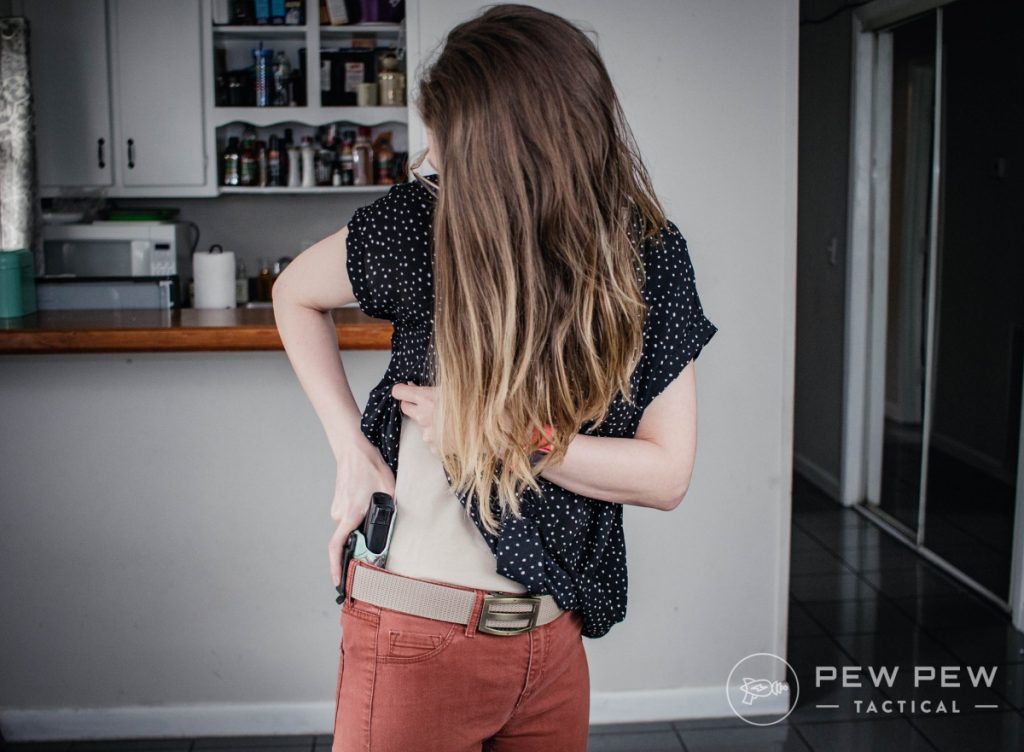
For these little .22 LR pistols, I’d suggest two holsters, one for semi-automatics and one for revolvers.
The Desantis Slim Tuck is a solid, affordable hr for most common semi-auto ls. It’s a minimalist holster that conceals easily and offers adjustable cant and height on top of great comfort and concealment.
Prices accurate at time of writing
Prices accurate at time of writing
-
25% off all OAKLEY products – OAKLEY25
Copied!
Visit Merchant
It’s also tuckable, allowing you to dress more formally for events.
For snub nose .22 LR revolvers, the PHLster City Special likely has you covered.
This modern polymer holster brings PHLster’s expertise front and center. This creates an easily concealable revolver in a modern, modular, and adjustable holster.
Prices accurate at time of writing
Prices accurate at time of writing
-
25% off all OAKLEY products – OAKLEY25
Copied!
Visit Merchant
It’ll make your LCR disappear without issue.
.22 LR Drills: Practice Makes Perfect
If you’re packing a .22 LR for concealed carry, you better train with it. Here are a few good drills you can do to maximize your time at the range.
10-10-10 Drill
The classic 10-10-10 is a great yardstick for concealed carry competency. It’s shot with a B8, and traditionally the shooter shoots 10 rounds, in 10 seconds, at 10 yards. Every shot should be in the black of the B8.
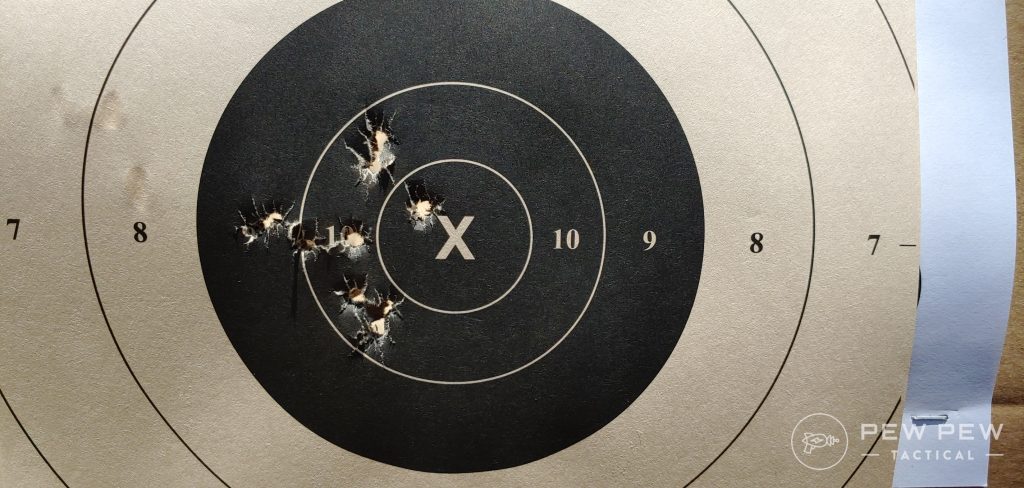
Since a lot of .22 LR handguns don’t hold 10 rounds, you might modify it to the 10-10-7 or 10-10-8 and fire however many rounds you can.
Super Snubby Test
If you are rocking the snub nose, try Hard Wired Tactical Super Snubby Test. It only requires 15 rounds. Grab a shot timer and a B8 as well.
Stage one begins at 10 yards. Start from the low ready and fire five rounds with both hands in eight seconds.
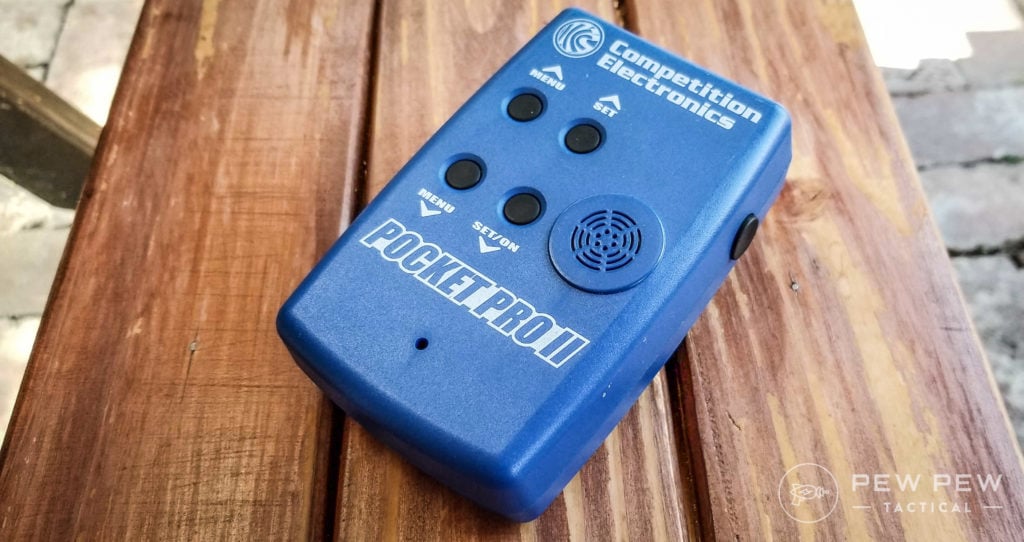
Stage two moves you to the 5-yard line. Start in the low ready and fire five rounds in five seconds.
At stage three, you are at 3 yards. You will only use your strong hand and start in the low ready. At the beep, fire five rounds in 3.5 seconds.
Aim to land all of your shots in the black.
Draw and Failure to Stop
Being able to quickly draw and engage a threat with effective fire is crucial to concealed carry.
When carrying a small gun in a deep concealment design, you should get competent at drawing your pistol. If you use a tucked-in shirt, practice with a tucked-in shirt. If you use a pocket holster, then practice with that pocket holster.
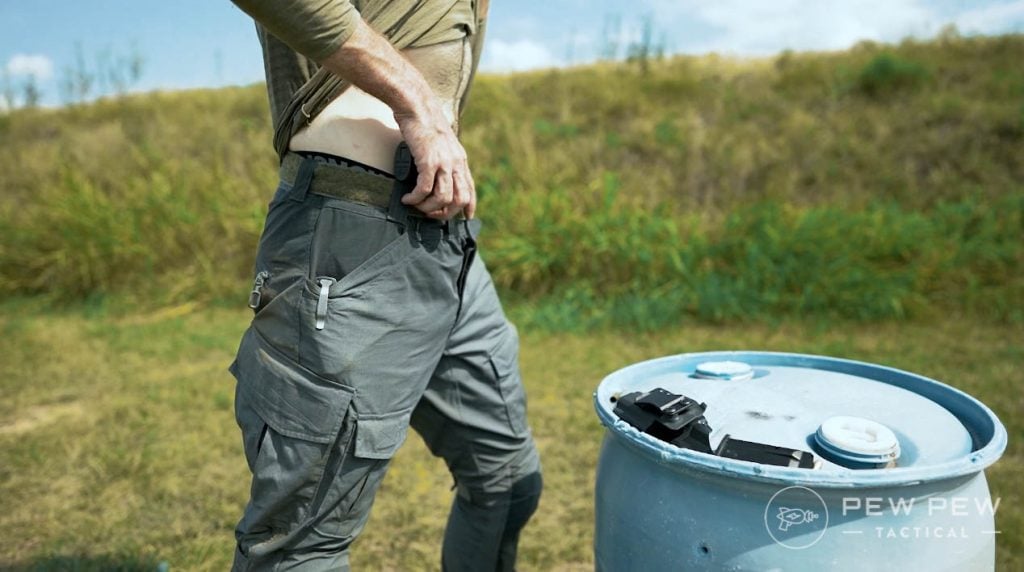
For this drill, you’ll need a man-sized target. At the beep, you’ll draw from your concealment drill and fire a failure drill.
A failure drill is two shots to the torso and one to the head. Start at three yards and aim to complete the drill in at least five seconds as you get faster, lower the par time, and increase the distance.
Failure to Fire Drills
To help counteract any issues with reliability, get some practice in with clearing malfunctions.
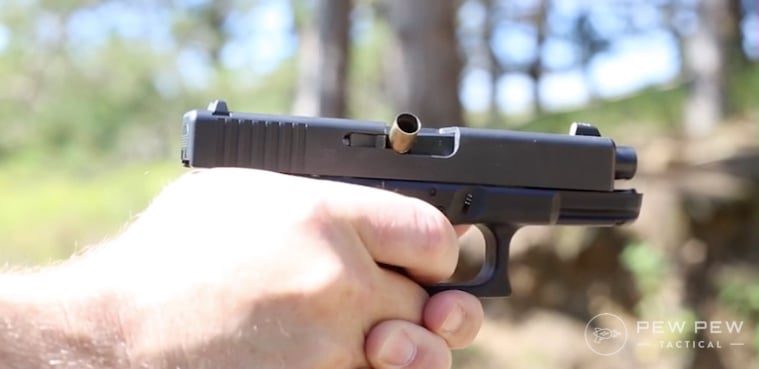
Get some snap caps, set up some malfunctions, and practice with the old tap rack bang and clearing complicated malfunctions.
Final Thoughts
A .22 LR handgun can be a proper defensive tool. It has some inherent weaknesses, and you should do what’s necessary to mitigate them when possible.
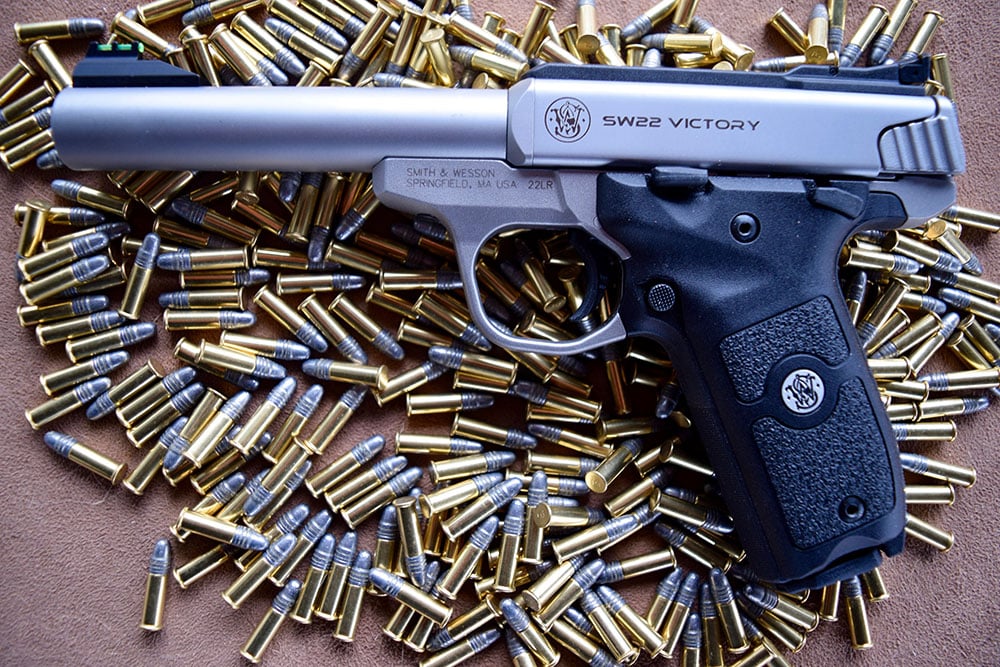
If you pick a good gun, quality ammo, a good holster, and practice, then you’ll be ready to roll.
Would you carry a .22 LR for self-defense? Let us know in the comments below. For more rimfire, check out the Best .22 LR Pistols/Handguns!
The post Concealed Carriers Guide to Using .22 LR for Self-Defense appeared first on Pew Pew Tactical.
Pew Pew Tactical